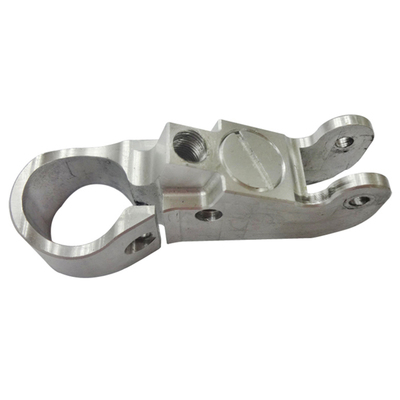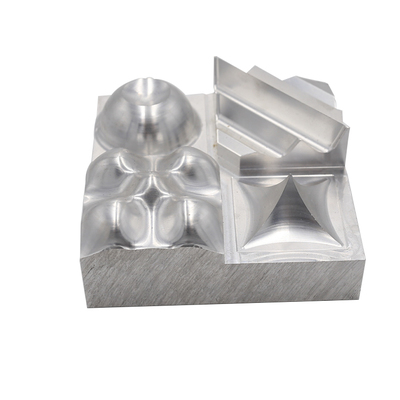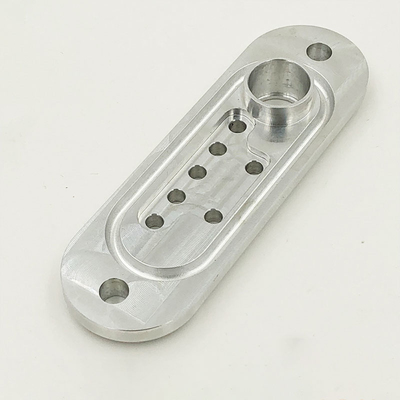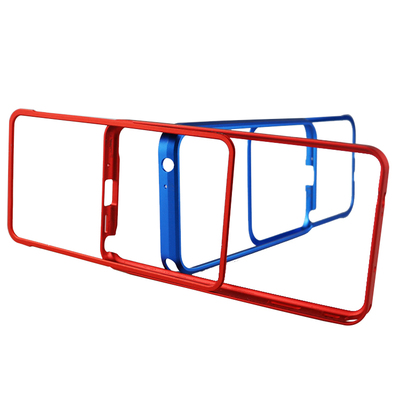Comparison of wear resistance between casting process and sodium silicate sand casting process
In order to make full use of the V method casting process, it is necessary to deeply understand its process characteristics, especially its limitations. Based on this, the V method project team of the National Lost Foam and V Casting Technology Committee conducted an internal study on the wear-resistant castings produced by the V method casting process and the sodium silicate sand casting process in 2014; the comparison of the project organization hopes to be the industry’s best Development provides a certain reference and reference.

1. Comparison of grain size
Comparison result: the grain size of sodium silicate sand and V method process castings meet the product requirements (grain size is not less than 2), and on the whole, the grain size of sodium silicate sand casting is basically the same as that of V method. Significant differences.
2. Comparison of carbides in as-cast structure
The comparison results show that in the as-cast structure, the carbide content in the V method castings is more. The analysis believes that this is due to the dry sand used in the V method casting process, and the heat dissipation is relatively slow, resulting in sufficient time for the precipitation of carbides. To a certain extent, it is necessary to make corresponding adjustments to the heat treatment process during the production process to adapt to the characteristics of the as-cast carbide structure of the V method castings.
3. Comparison of carbides after heat treatment
The results of the comparison show that both the V method and the water glass sand carbide grade meet the requirements, and there is not much difference between the two. However, a large amount of statistical data shows that the grades of undissolved carbides and precipitated carbides after the V method water toughening treatment are slightly higher.
4. Contrast of compactness
Through measurement and statistical analysis, the densities of V method castings and sodium silicate sand castings are as follows. The density of V method castings is slightly lower than that of sodium silicate sand castings, but the difference is very small.
5. Existing wear-resistant castings
The qualitative comparison of production process characteristics has its advantages and disadvantages for any process. Therefore, it is necessary for the company to select the appropriate process or process combination to meet the actual production needs of the company in accordance with the actual situation.
Link to this article:Comparison of wear resistance between casting process and sodium silicate sand casting process
Reprint Statement: If there are no special instructions, all articles on this site are original. Please indicate the source for reprinting:https://www.cncmachiningptj.com/,thanks!
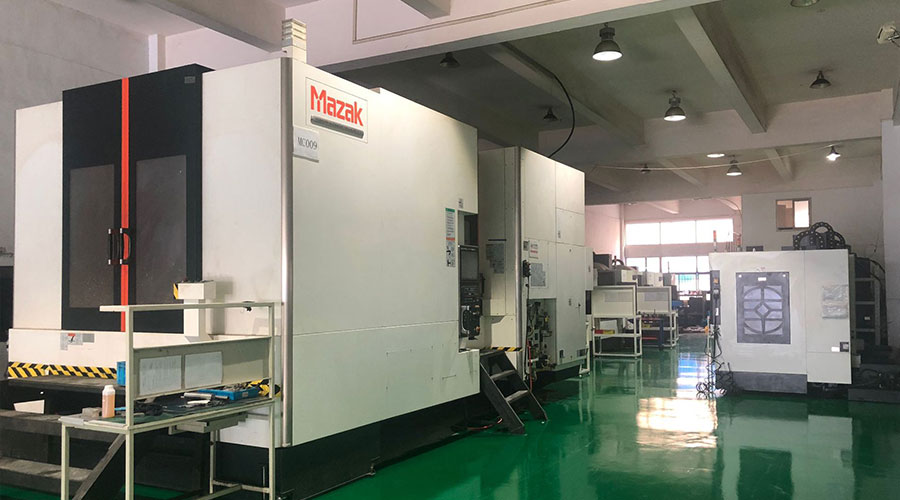 3, 4 and 5-axis precision CNC machining services for aluminum machining, beryllium, carbon steel, magnesium, titanium machining, Inconel, platinum, superalloy, acetal, polycarbonate, fiberglass, graphite and wood. Capable of machining parts up to 98 in. turning dia. and +/-0.001 in. straightness tolerance. Processes include milling, turning, drilling, boring, threading, tapping, forming, knurling, counterboring, countersinking, reaming and laser cutting. Secondary services such as assembly, centerless grinding, heat treating, plating and welding. Prototype and low to high volume production offered with maximum 50,000 units. Suitable for fluid power, pneumatics, hydraulics and valve applications. Serves the aerospace, aircraft, military, medical and defense industries.PTJ will strategize with you to provide the most cost-effective services to help you reach your target,Welcome to Contact us ( sales@pintejin.com ) directly for your new project.
3, 4 and 5-axis precision CNC machining services for aluminum machining, beryllium, carbon steel, magnesium, titanium machining, Inconel, platinum, superalloy, acetal, polycarbonate, fiberglass, graphite and wood. Capable of machining parts up to 98 in. turning dia. and +/-0.001 in. straightness tolerance. Processes include milling, turning, drilling, boring, threading, tapping, forming, knurling, counterboring, countersinking, reaming and laser cutting. Secondary services such as assembly, centerless grinding, heat treating, plating and welding. Prototype and low to high volume production offered with maximum 50,000 units. Suitable for fluid power, pneumatics, hydraulics and valve applications. Serves the aerospace, aircraft, military, medical and defense industries.PTJ will strategize with you to provide the most cost-effective services to help you reach your target,Welcome to Contact us ( sales@pintejin.com ) directly for your new project.
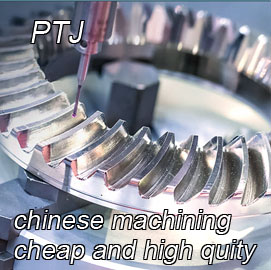
- 5 Axis Machining
- Cnc Milling
- Cnc Turning
- Machining Industries
- Machining Process
- Surface Treatment
- Metal Machining
- Plastic Machining
- Powder Metallurgy Mold
- Die Casting
- Parts Gallery
- Auto Metal Parts
- Machinery Parts
- LED Heatsink
- Building Parts
- Mobile Parts
- Medical Parts
- Electronic Parts
- Tailored Machining
- Bicycle Parts
- Aluminum Machining
- Titanium Machining
- Stainless Steel Machining
- Copper Machining
- Brass Machining
- Super Alloy Machining
- Peek Machining
- UHMW Machining
- Unilate Machining
- PA6 Machining
- PPS Machining
- Teflon Machining
- Inconel Machining
- Tool Steel Machining
- More Material

